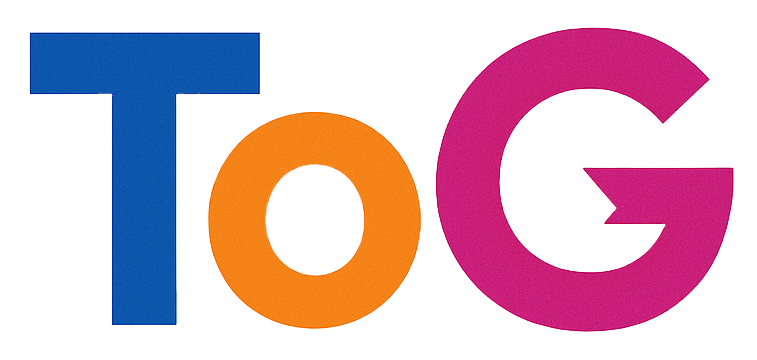Navigating SEO Challenges as a Student: Strategies for Competing Against High-Backlink Competitors
In the ever-evolving landscape of search engine optimization (SEO), competition can be fierce—especially when targeting highly competitive keywords. For aspiring SEO enthusiasts and students new to the field, breaking into top search rankings against well-established websites with extensive backlink profiles can seem daunting. This is a common challenge faced by many beginners: how does one compete when leading competitors boast hundreds of thousands of backlinks, while their own site has only a fraction of that?
Understanding the Backlink Gap
Backlinks remain a significant ranking factor, often serving as votes of confidence from other websites. High-authority sites with abundant backlinks tend to dominate search rankings for competitive keywords. For a newcomer or a smaller website, outranking such established players requires a nuanced, strategic approach—one that balances ethical practices with creative SEO techniques.
Why Purchasing Backlinks Is Not the Solution
It’s tempting to consider buying backlinks to quickly elevate your site’s authority, but this practice poses serious risks, including search engine penalties and long-term damage to your site’s credibility. Sustainable SEO relies on organic growth through genuine, valuable content and ethical outreach.
Strategies for Competing with Limited Backlinks
-
Focus on Long-Tail Keywords: Instead of competing directly for broad, highly competitive terms, target more specific, long-tail keywords. These have lower competition and can attract highly targeted traffic, gradually building your site’s authority.
-
Create High-Quality, Unique Content: Develop comprehensive, insightful, and engaging content that addresses the specific needs of your target audience. Exceptional content naturally attracts backlinks over time and establishes your site as an authority.
-
Leverage Content Marketing & Outreach: Reach out to niche communities, industry blogs, and complementary websites for collaboration, guest posting, or content sharing. Building genuine relationships often leads to organic backlink opportunities.
-
Utilize Internal Linking: Proper internal linking ensures that link equity flows throughout your website, improving SEO without external backlinks. Well-structured internal links enhance user experience and help search engines understand your site hierarchy.
-
Optimize Technical SEO: Ensure your website is fast, mobile-friendly, and properly structured. Technical excellence can improve rankings independently of backlink profile size.
-
Engage in Local SEO and Niche Communities: If relevant, optimize for local search terms or niche-specific forums and platforms where competition may be less intense.
-
Consistency and Patience: SEO is


Can you outrank websites with 100,000+ backlinks?
Yes, it is possible to outrank websites with a significantly higher number of backlinks, especially those with 100,000+. While backlinks are a strong signal to Google of a website's authority, they are not the only factor, and quality trumps quantity.
Here's how to focus your efforts to outrank sites with more backlinks:
Focus on quality over quantity
High-quality backlinks: Aim for backlinks from websites that are relevant to your niche and have high domain authority.
Relevance and authority: A few high-quality, relevant links can be more impactful than dozens of low-quality ones. One powerful link from a site with high domain authority can outperform many less authoritative links, according to Editorial.Link.
Natural and valuable: Focus on acquiring links that are earned naturally and provide value to users, according to iPullRank.
Content quality is key
Solve user problems better: Create content that is more useful, in-depth, and targeted to user needs than your competitors.
Comprehensive coverage: Ensure your content is comprehensive and provides everything a user might need to know about the topic, says ClearVoice.
Freshness and E-E-A-T: Regularly update your content to ensure accuracy and relevance, and demonstrate expertise, experience, authority, and trustworthiness (E-E-A-T). This can include featuring expert authors and providing unique insights.
User-centricity: Prioritize your audience's needs and create content that is easy to read, engaging, and provides clear answers.
Match search intent: Understand the different types of search intent (informational, navigational, commercial, transactional) and create content that matches that intent.
Leverage smart SEO strategies
Target low-competition keywords: Especially if you are a new site, focusing on long-tail keywords with lower competition can help you gain initial traction and rank faster.
Optimize for Featured Snippets: Try to structure your content to be eligible for Featured Snippets, which are expanded search results appearing at the top and can significantly increase visibility.
Strong on-page SEO: This includes optimizing page titles, meta descriptions, headings, URLs, images (with alt text), and internal links.
Improve page speed and user experience (UX): Ensure your website loads quickly and is mobile-friendly, as these are crucial ranking factors. Optimize images, minify code, and use browser caching and CDNs.
Technical SEO: Address technical issues like broken links, site structure, crawlability, indexing, and mobile-friendliness.
Analyze competitors: Use tools like Semrush, Ahrefs, Moz, and SimilarWeb to understand your competitors' backlink profiles, keyword strategies, content, and other SEO tactics. This can help you identify gaps and opportunities.
Build your brand: While not a direct ranking factor, a strong brand leads to more mentions, branded searches, and potentially more natural backlinks, which contribute to improved rankings.
Monitor and analyze performance: Regularly track key metrics and competitor performance to identify areas for improvement and adjust your strategies accordingly.
In essence, outranking websites with a large number of backlinks is achievable by focusing on creating exceptional, user-centric content, building a strong, relevant backlink profile, and utilizing a well-rounded SEO strategy that prioritizes quality and relevance over sheer quantity.